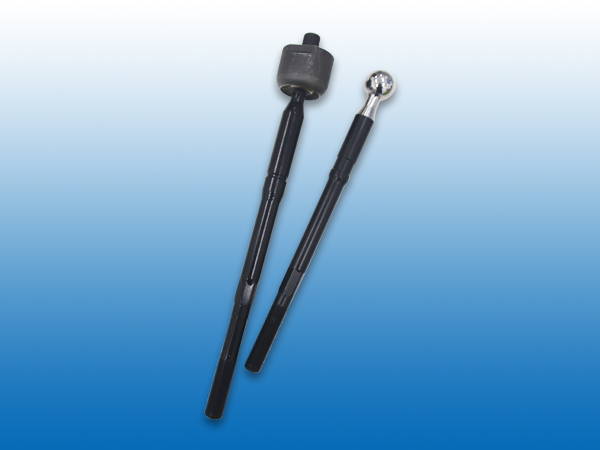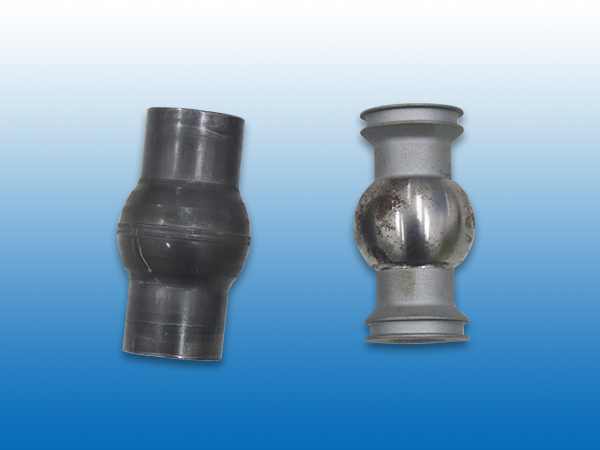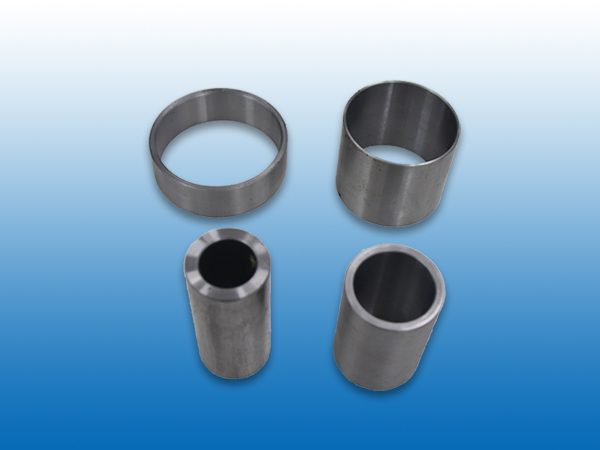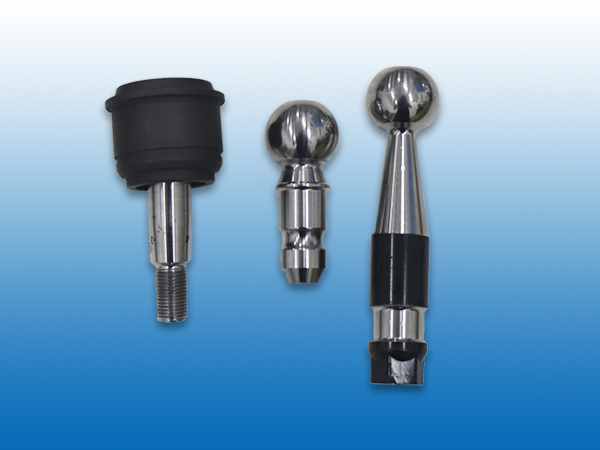What are the types of stainless steel surface treatment?
Current varieties of stainless steel surface treatment
(1) Surface natural color whitening treatment. (2) Surface mirror stone polishing treatment. (3) Surface coloring treatment.
1. During the processing of stainless steel, it undergoes rolling, edge banding, welding, or the operator's warm surface heat treatment to produce black oxide skin.
This hard gray black oxide skin is mainly composed of NICR2O4 and NIF II clock EO4 components. Previously, hydrofluoric acid and nitric acid were commonly used for strong corrosion removal. But this method is costly, polluting the environment, and harmful to human health. Corrosion is significant and gradually eliminated.
There are currently two methods for treating this type of oxide skin: (1) using sandblasting (shot) method. (2) Using chemical methods.
Immerse the solution with a clock of pollution-free acid pickling passivation paste and a clean solution with inorganic additives at room temperature without toxicity. Thus achieving the goal of whitening the natural color of stainless steel. Basically, it looks like the color of a glance. This method is more suitable for large and complex products and is worth promoting and applying.
2. Mirror gloss treatment method for stainless steel surface:
According to the complexity of stainless steel products and different user requirements, methods such as mechanical polishing, chemical polishing, and electrochemical polishing can be used to achieve mirror stone luster.
Mechanical polishing: Good leveling performance, brightness, high labor intensity, serious pollution, difficult processing of complex parts, decreased gloss, high investment and cost. Simple workpieces, small and medium-sized products, and complex parts cannot be processed. The overall gloss of the product cannot be consistent, and the gloss retention time is not long.
Chemical polishing: Low investment, complex parts can be polished, high efficiency, fast speed, insufficient brightness, polishing fluid needs to be humidified, there is gas overflow, and suitable wind equipment is required. For complex products with low brightness requirements, it is more cost-effective to choose small batch processing.
Electrochemical polishing: achieving mirror gloss, long-term maintenance, stable process, low pollution, low cost, and good pollution prevention. Large one-time investment, complex parts need to be equipped with tooling and auxiliary electrodes, and mass production requires cooling and pollution blocking products. It is required to maintain mirror gloss and bright products for a long time. The process is stable, easy to operate, and can be widely promoted and used
3. Stainless steel coloring not only imparts various colors to stainless steel products, increases the variety of product designs, but also improves product wear resistance and wear resistance.
There are several methods for coloring stainless steel surface treatment:
(1) Ionic deposition of oxides or oxides.
(2) High temperature oxidation method.
(3) Chemical oxidation method. Electrochemical oxidation method.
(4) Gas phase cracking method.
推荐新闻
- ● 湖州冷镦件厂家分享冷镦工艺中热处理的作用2025-10-27
- ● 湖州汽配厂家:冷镦工艺中如何处理复杂连接?2025-10-23
- ● 湖州汽配厂家分享冷镦工艺的优势2025-10-18
- ● 杭州汽配厂家分享冷镦工艺的应用领域2025-09-29
- ● 湖州球头销厂家科普球头销的寿命2025-09-10
- ● 嘉兴球头销厂家分享汽车转向球头的正确维护和润滑2025-09-06






